Elizabeth Bishop Archive
Elizabeth Bishop’s Eczema
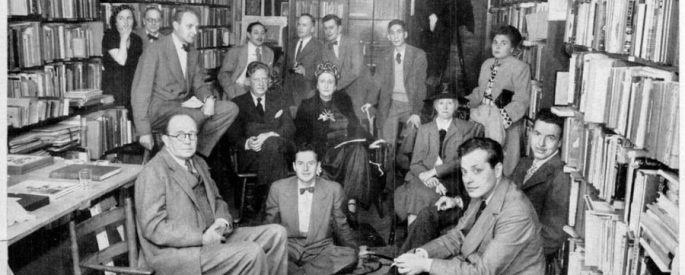
Writing about Elizabeth Bishop, one hesitates over how much time to spend on biography. Readers are now familiar with many of her biographical details, though she was long known for not being known. But what about her eczema, the first of three lifelong conditions to develop and which quite
Two Views of Revision: Elizabeth Bishop and May Swenson
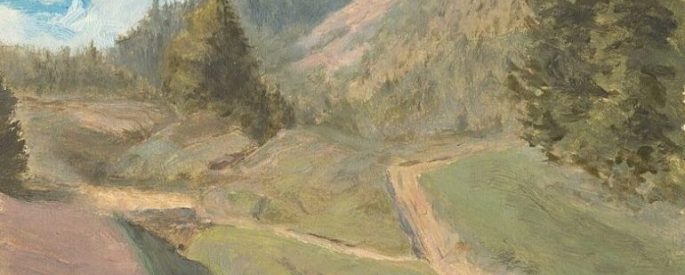
If Bishop’s "One Art" shows a clear tightening and precision and a shedding of awkwardness into maturity, Swenson’s drafts show us that sometimes an artist simply makes a choice to fit a particular aesthetic preference or vision.
Please Come Flying
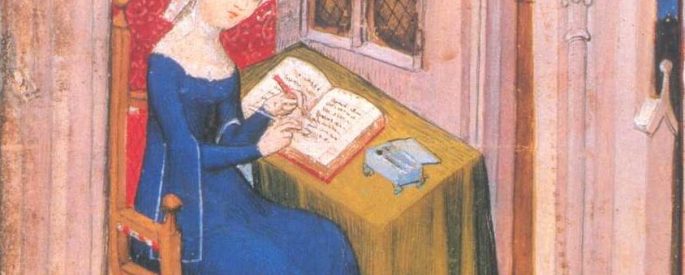
“Please come flying,” Elizabeth Bishop pleads with Marianne Moore, in her poem "Invitation to Miss Marianne Moore" (1955), “above the accidents, above the malignant movies, / the taxicabs and injustices at large.” This will—passed between two poets and friends—to alight from the predictable rhythms of crimes made regular, enmediated,
The Poet and the News
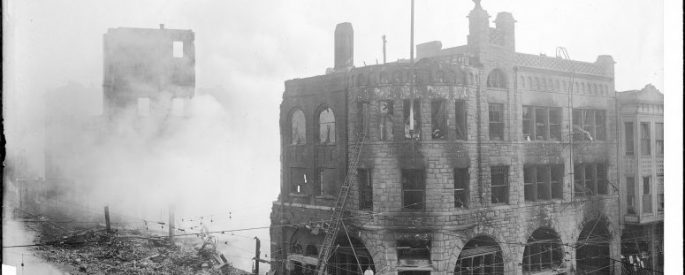
More than ever, I seem to imbibe the news, allow it to become a part of me, choke my obsessive subconscious like invasive kudzu. No wonder then that I feel tempted to write about these events and their consequences.
The Alchemy of Poetry Plus Criticism
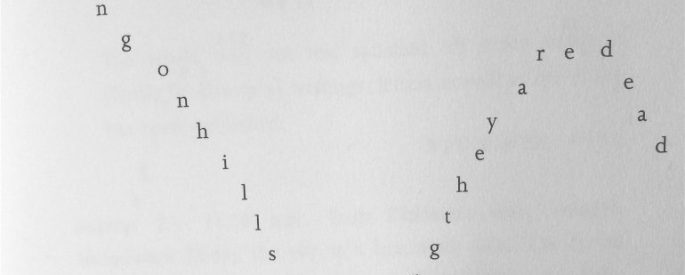
What is the goal of poetry? Is it to make music with language? To express feeling? To make an argument? It’s likely, for any given poet, to be at least one of these things—and possibly all.
“Without Any Agenda Except to Pay Close Attention”: An Interview with Marianne Boruch
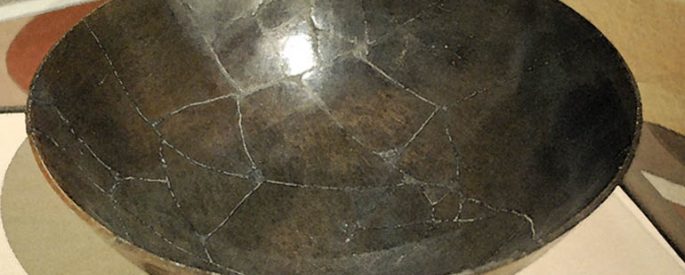
Marianne Boruch’s poems delve into the quirks and oddities of our daily lives. We caught up at the end of a busy semester (or maybe it was the start of a new one) to talk about how poems happen, how books come together, and the quiet rituals of her
The Silence Waits, Wild To Be Broken: Posthumous Publications and the Lives of Poems
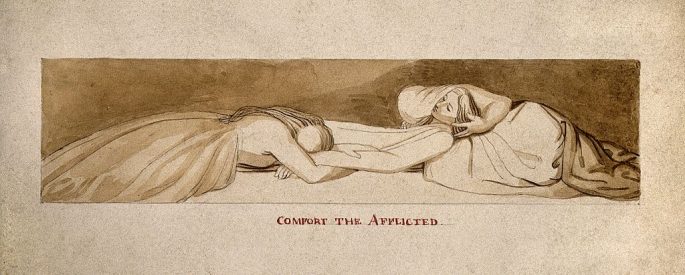
My role on the uncollected was simple: as a third-year grad student in Virginia Commonwealth University’s MFA program, I was to go to the Levis Archives held at VCU’s Cabell Library and check old xeroxes against the holdings to make sure these were the last drafts of the poems.
Writer & Artist: What We Can Learn from Writers Who are Both
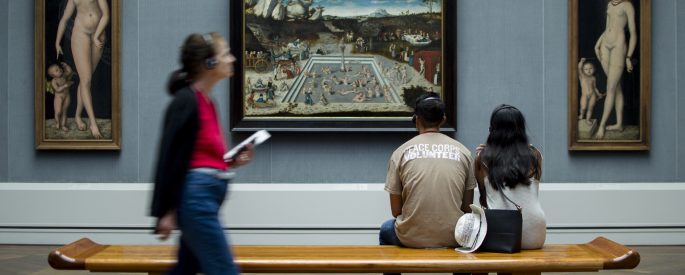
In many ways, visual art gave birth to literature. The first stories written down were cave paintings. For years our alphabet was made up of pictographs which simply meant that the only people who could tell stories were those who could draw.
Daily Details Made Monumental
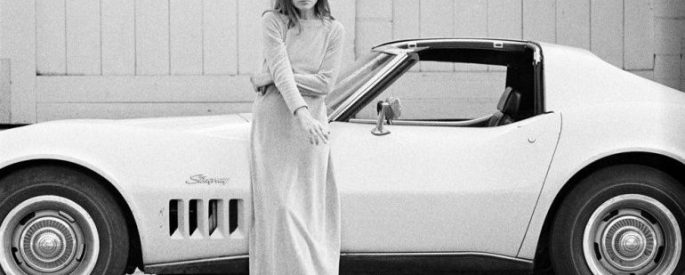
Exterior details lend themselves to the interior landscape of a character or narrator. What one chooses to notice, how one describes an object, says more about the speaker than it does about that thing. A character who spends a whole paragraph noticing someone’s unwashed, unkempt hair tells the reader